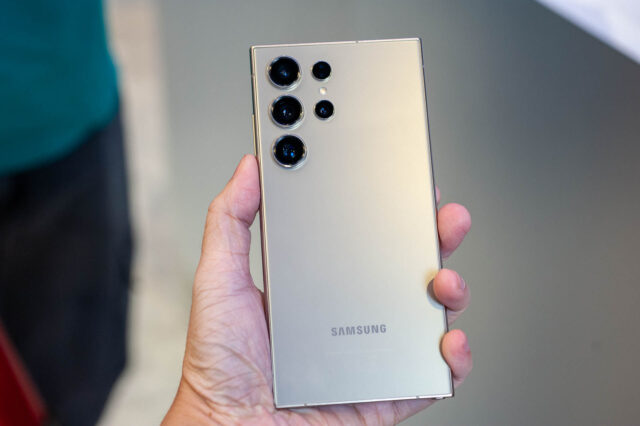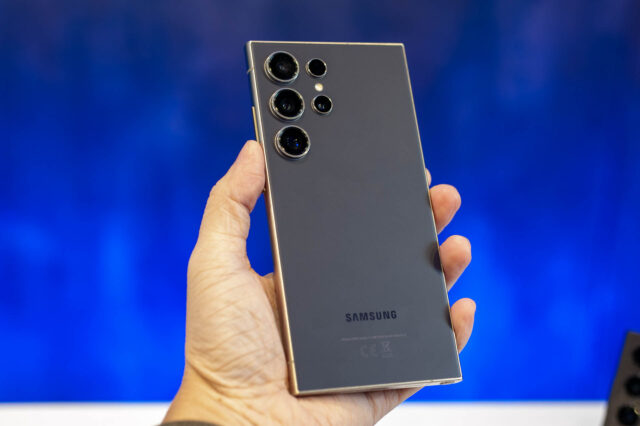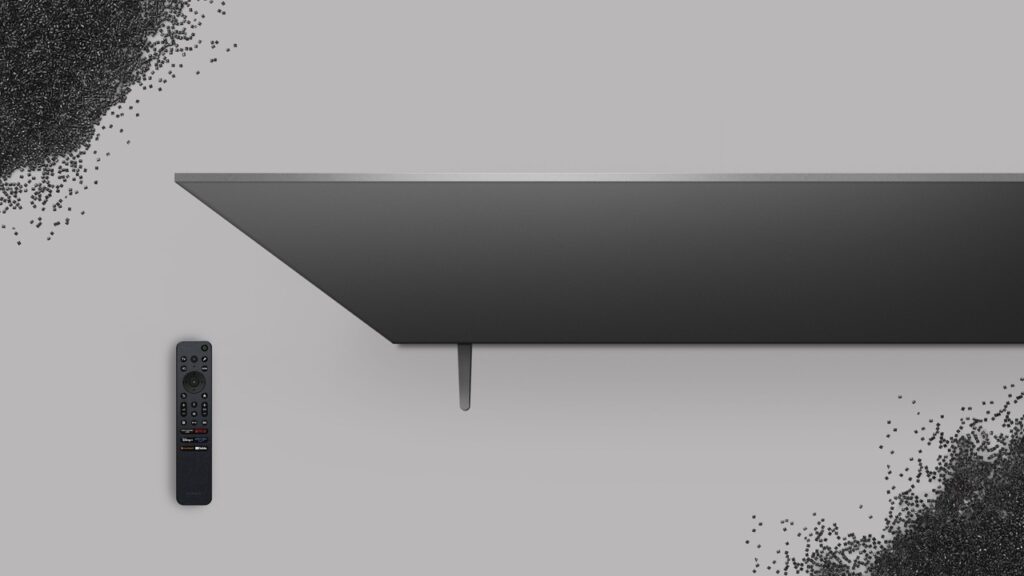People Will Still Call it ROM
4 min read
If you have some basic understanding of how to read a smartphone’s specification sheet, you will know a couple of stuff to look for when buying a smartphone. For example, the processor model, RAM, storage, screen size/resolution, camera resolution, battery size and more. Those are the numbers that you can actually compare with some other phone models. Of course, minus the actual user experience. Objectively, bigger is always better, eh? Now there’s one particular spec that always irks me is the way how phone manufacturers and the public address the internal storage as ROM (Read Only Memory).
What is ROM?
ROM (Read Only Memory) is a type of storage medium that stores the data permanently. As the name suggests, READ ONLY, what is pre-written into the storage can only be read and cannot be changed.
Write Once, Read Many Times
That’s why it is often used to store the essential codes or instructions for booting the device. Those are the stuff that will never change, unlike your operating system that requires frequent update and security patches. With that said, if manufacturers are really using ROM for your phone storage, you won’t be able to take any photos or download any movies on it. WhatsApp will even stop functioning because the data cannot be written into the ROM. The correct word we should be using is Flash Memory.
Differences Between RAM, ROM & Flash Memory
Since we’re talking about ROM and flash memory, I thought it is a good time to share the differences between them.
| Volatility | Speed | Re-Writable | |
| Flash Memory | Non-Volatile | Fast | Yes |
| ROM | Non-Volatile | Generally faster than flash memory | No |
| RAM | Volatile | Fastest | Yes |
Based on the table above we can see that Flash Memory and ROM are both non-volatile, which means they can hold onto their data even if you turn off the device. What makes them different is that Flash Memory can be rewritten. Yes, you can delete and write new data into it. Unlike ROM, which cannot be done through the normal operating system.
Now, some of you might be asking, RAM is the fastest storage available and the data can be rewritten on it. So why are we not using RAM to keep all our photos and cat videos?
The reason is simple, RAM is volatile storage, which means, whatever you store on RAM will be lost after you turn off the device. However, since it is the fastest storage, your data are first being loaded into RAM so that the CPU can access and process in a very quick manner.
So, What’s the Big Deal?
At this point, some would say this is a trivial matter. As long as it stores my data, no one cares if it is called ROM, flash memory or whatever. Just get down from your high horse and brush off that elitist mindset.
Uhm, would you be mad if you order at KFC, asking for a chicken drumstick but instead got a chicken breast? The server would be like, “hey, why mad? You still got your fried chicken right?”
The terms such as chicken breast, chicken wing, drumstick are created so that we can communicate with each another more effectively in identifying which part of the chicken we’d like to devour. The same concept applies to RAM, ROM and Flash Memory.
People Will Still Call it ROM
The main culprit of this whole miseducation is the phone manufacturer’s marketing department. It all started years ago where manufacturers preferred the name “ROM” because it is easy to remember and rhymes with RAM.
Hey, this phone as 8GB RAM and 512GB ROM
Then the community went on with it where phone sales person and advertisements start to punch RAM/ROM into consumers’ mindset. So unless manufacturers start to move away from using the term ROM and children are being educated on the differences between storage types. The general consumers would continue to call it ROM regardless of what. Heck, they might even call it a hard disk if someone else told them so.







